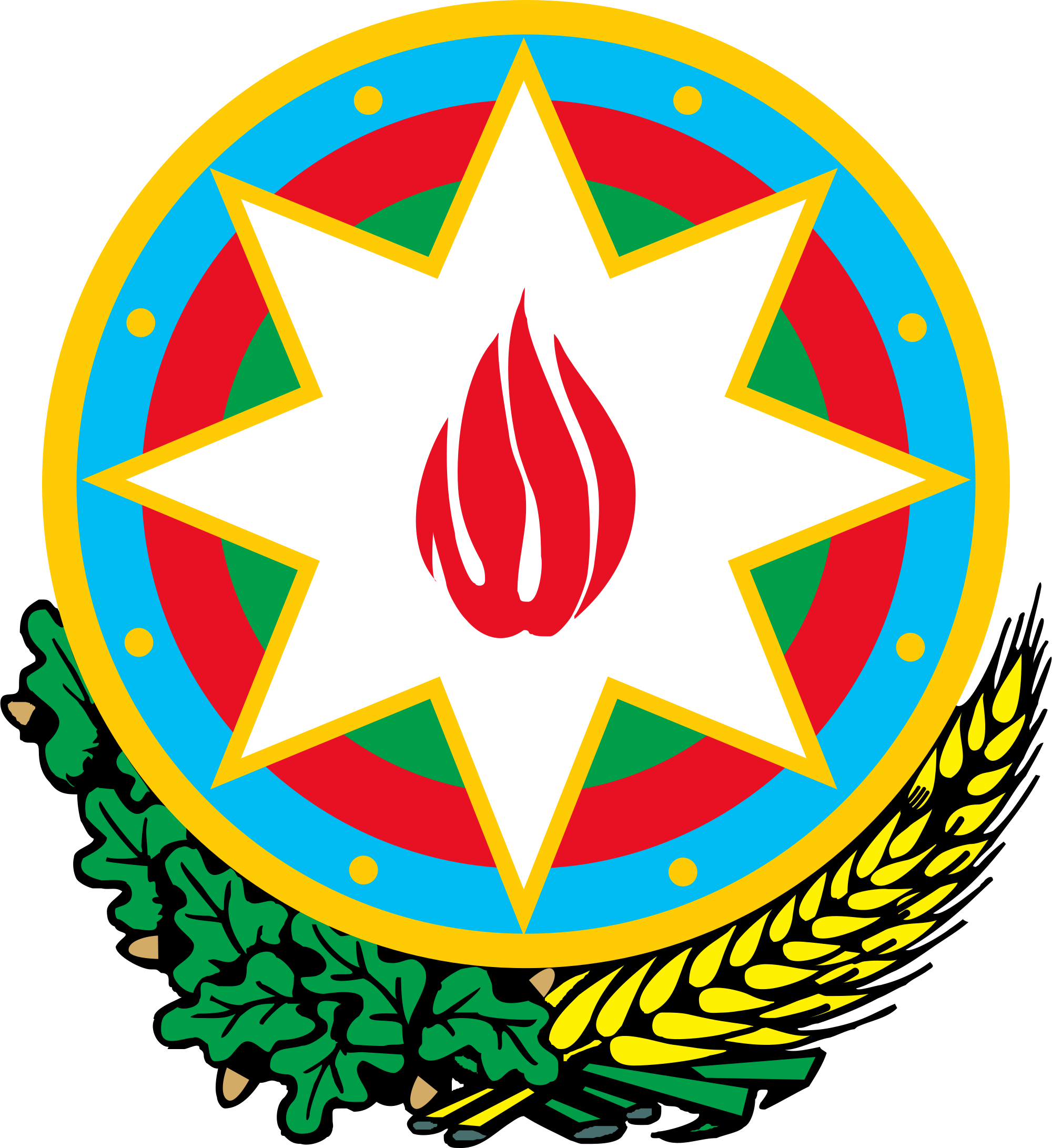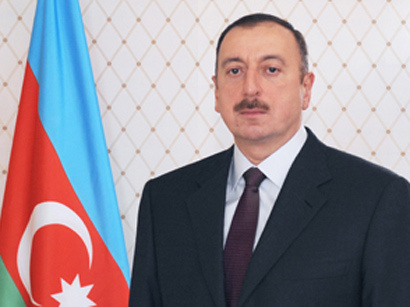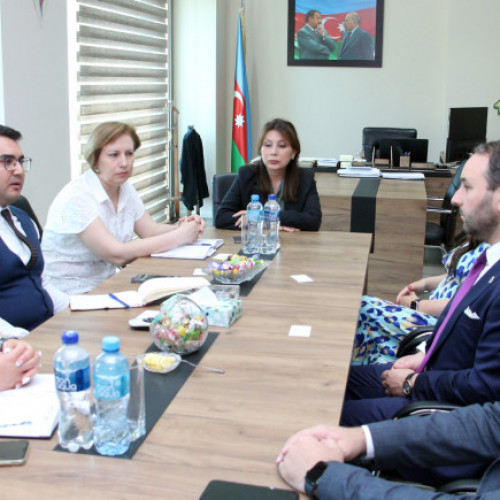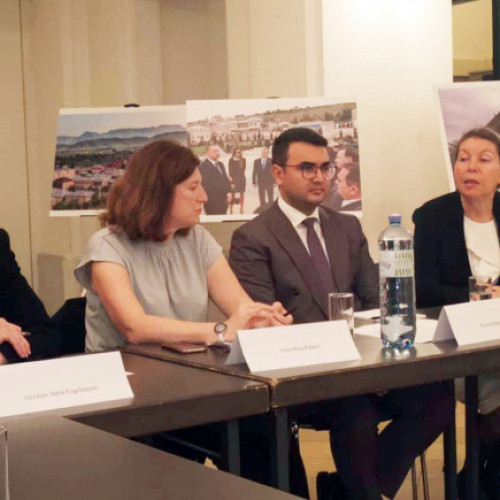Irina Kunina: Armenian diaspora tried to hinder our events in Latin America

Baku International Multiculturalism Center has been implementing the project of teaching the “Azerbaijani multiculturalism” subject at local and foreign universities since 2015. This is one of the most successful and large-scale projects of the Center. As a result of BIMC’s consistent and purposeful activities aimed at the implementation of Azerbaijani President Ilham Aliyev’s initiative to promote Azerbaijan as a center of multiculturalism worldwide, the geography where the “Azerbaijani multiculturalism” subject is being taught is becoming increasingly wider on the global scale. Currently, the subject of Azerbaijani multiculturalism is being successfully taught in 21 leading universities of the world (Bulgaria, Russia, Czech Republic, Lithuania, Germany, Indonesia, Georgia, Portugal, Poland, Turkey, Italy, Switzerland, Germany, Belarus, Ukraine, Sweden, Japan, India, Romania, Brazil). The most recent foreign university, in which the subject has begun to be taught, is the University of Brazil. In Brazil, the Azerbaijani multiculturalism is taught by BIMC consultant, Associate Professor of Azerbaijan University of Languages Ms. Irina Kunina, who has recently returned from a trip to Latin American countries.
- Ms. Kunina, you became the first teacher to teach the Azerbaijani multiculturalism in Latin American countries. What are your impressions after the trip?
- I came back with pleasant impressions, because we were able to hold a number of effective meetings in a short span of time. All of our events were a success. The Azerbaijani multiculturalism was met with great interest in Latin American countries. To tell you the truth, the Armenian diaspora of Argentina and Uruguay tried to hinder our events, and on some occasions, they even tried to disrupt the meetings. However, I think we managed to achieve our goal.
- At which universities was the Azerbaijani multiculturalism taught within the framework of the trip?
- As part of Baku International Multiculturalism Center’s project of teaching the “Azerbaijani multiculturalism” at foreign universities, this subject was being taught in 20 higher education institutions around the world. The University of Brazil became the 21st university included in the teaching plan of this course. On August 2 this year, mutual memorandums of understanding were signed between the Multiculturalism Center, Azerbaijan University of Languages and the University of Brazil. On October 14, the first seminar on the theme of “The Azerbaijani model and global models of multiculturalism” was organized. The lecture course on the Azerbaijani multiculturalism lasted for 2 weeks. The course received a great deal of interest from Argentine and Uruguayan universities, too. Lectures were given at universities of Belgrano, Buenos Aires, El Salvador and La Plata in Argentina.
- Were you pleased with the interest in the classes?
- The “Azerbaijani multiculturalism” attracted wide attention and Azerbaijan was etched into memories as a country with rich history and culture. The sheer number of students attending the lectures is yet another proof. For instance, the lectures organized at the faculty of International Relations of the University of Brazil were attended by representatives of Shri-Lankan, Peruvian and Colombian embassies in addition to 30 students. The participants of the lecture conducted at the Belgrano University of Argentina included both local and foreign students. The number of participants reached 150 people at the Catholic University of Uruguay. They used special announcements to invite listeners to the lectures. These announcements were aired on the radio and published in the university press. At the meetings, lots of questions were asked about Azerbaijan, its culture, and our customs and traditions. These discussions showed that there are a lot of people in Latin American countries, who are interested in the Azerbaijani multiculturalism and our country in general. Another point I’d like to emphasize is that the lectures lasted longer than scheduled despite the time constraints, which is another indication of interest in the topic.
- In addition to the classes, you also had several meetings. Please give us some information about that.
- Yes, our work was not limited to giving lectures at the university as part of the teaching project. The Azerbaijani embassy in Argentina also organized a roundtable on the theme of “Azerbaijan and the Azerbaijani model of multiculturalism” at the Argentine Council for International Relations, and a conference was held in the Catholic University. These events created a great opportunity to promote the Azerbaijani model of multiculturalism in Latin American countries.
- Ms. Kunina, what similarities and differences are there between the multicultural values of Azerbaijan and Latin American countries?
- Like many other Latin American countries, Brazil, Argentina and Uruguay are multiethnic countries, which first of all is related to historical events. In different periods, communities of different races, ethnic groups and religions appeared here. Colonialism of Brazil started in 1530. At that time, first migrants from Portugal already arrived here. Today, Brazil’s population is made up of Brazilians of European descent, Afro-Brazilians, Asian-Brazilians, Pardo, Samba and Brazilian Indians. Hence, there is a religious diversity in the country.
Argentina’s population is divided into two main groups. These are people of Italian and Spanish descent and a small group of migrants from other countries. Uruguay has almost the same population composition. The majority of population of these countries are Catholics, and people adhering to other religions constitute the minority. The multiculturalism model in these countries is a very ‘fragile’ one.
In Azerbaijan, there are indigenous peoples such as Udi, Ingiloy, Griz and Khinalug peoples. Most of them are descendants of the tribes, which historically lived in the Caucasian Albania. Some non-indigenous peoples such as Russians, Ukrainians, Tatars and a number of other peoples have also settled in our country. They have their own homelands, but migrated to Azerbaijan at different stages of history. In addition, a successful model of interreligious dialogue has also evolved in Azerbaijan. Therefore, Azerbaijan’s multiculturalism model is a ‘robust’ one. All peoples living in the territory of our country are equal before the law. The state supports the protection of their ethnic and cultural values.
- Is it planned to carry out new projects as part of this cooperation?
- It is planned to continue and expand the teaching project with these countries in the coming years. The “Azerbaijani multiculturalism” will continue to be taught in Brazil. Meantime, proposals regarding the teaching of this subject in Argentine and Uruguayan universities are being considered. Furthermore, it is also planned to invite the students participating in this teaching process to Azerbaijan as participants of International Multiculturalism Summer and Winter schools. We would be glad to see these students as members of the Club of Young Friends of Azerbaijan in the future.
BIMC Press Service















